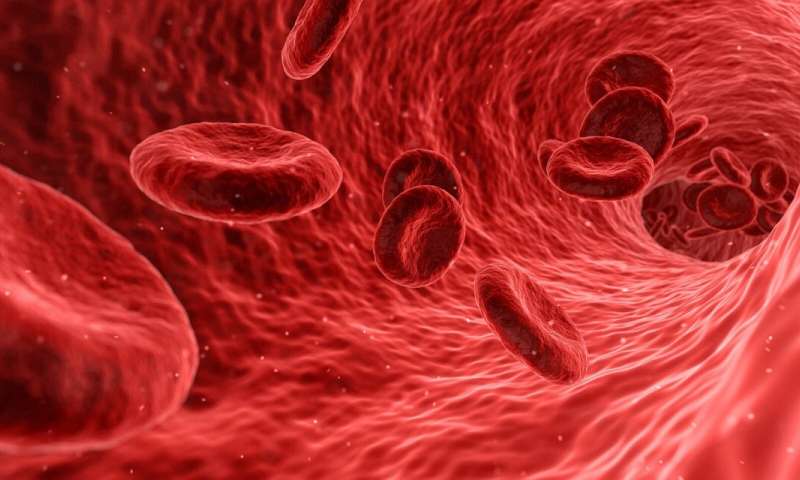As per to a study, a chemical that has advanced surgeries for the brain cancer by activating tumor cells to glow through fluorescent might also aid physicians to safely analyze the disease and track its reaction to treatment. The new study was carried by investigators from MGH (Massachusetts General Hospital). Brain cancer can be particularly hard to identify and monitor subsequent to treatment since methods like radiation and tissue biopsies can harm the brain. The study findings were published in the journal EBioMedicine.
During the study, the researchers analyzed whether they may develop a less invasive option by utilizing a substance that patients consume prior to brain cancer surgery that makes their tumors bright pink. This substance is known as 5-ALA (5-aminolevulinic acid) and it is an imaging agent permitted by the U.S. FDA (Food and Drug Administration) for use in surgeries for brain cancer. For many reasons, the tumor cells in the brain absorb ALA-5 whilst normal brain cells don’t. Since all cells discharge particles known was EVs (extracellular vesicles), researchers wondered whether EVs in the blood of people having brain cancer can turn fluorescent pink after they drink 5-ALA, just as their brain tumors. In that event, blood tests utilizing 5-ALA may be functional for identifying brain cancer plus for monitoring patients for cancer reappearances.
On a related note, novel brain tumor imaging technique utilizes protein detected in scorpion venom. A new imaging method that uses a synthesized kind of scorpion venom to glow brain tumors has considered promising in a clinical trial. The imaging system facilitates neurosurgeons to better observe malignant growths that are mostly tough to fully eliminate. The study was led by researchers from Cedars-Sinai and was backed by Blaze Bioscience, Inc. The results of the multi-institutional clinical trial were published in the journal Neurosurgery.


